The workplace of 2025 is undergoing a profound transformation, driven by the rise of autonomous AI agents that can reason, plan, and execute complex tasks with minimal human supervision. Unlike traditional AI tools that require constant human direction, advanced systems like Auto-GPT and BabyAGI represent a new paradigm: technology that can independently pursue goals, learn from outcomes, and collaborate with humans as digital colleagues rather than mere tools.
This shift isn’t just enhancing productivity—it’s fundamentally redefining how work gets done, who (or what) does it, and how organizations structure themselves to thrive in this new reality. For business leaders, understanding this transformation isn’t optional—it’s essential for remaining competitive in a rapidly evolving landscape where intelligence is becoming available on demand.
Understanding AI Agents in the 2025 Workplace
AI agents are evolving from assistants to autonomous collaborators in the modern workplace
AI agents represent the next evolution in artificial intelligence—systems that can operate with varying degrees of autonomy to accomplish complex goals. Unlike traditional AI tools that execute specific commands, agents like Auto-GPT and BabyAGI can understand objectives, break them down into subtasks, and independently work toward completion while adapting to new information.
What distinguishes these advanced systems from earlier AI implementations is their ability to:
- Maintain context and memory across extended workflows
- Self-prompt to generate new directions when facing obstacles
- Coordinate with other agents in multi-agent systems
- Learn from successes and failures to improve performance
- Operate within defined guardrails while maintaining flexibility
By 2025, these capabilities are transforming AI from a tool that requires constant human direction to a collaborative partner that can take initiative while still operating under human oversight—what experts are calling the era of augmented intelligence.
Key Trends in AI Agents and the Future of Work 2025
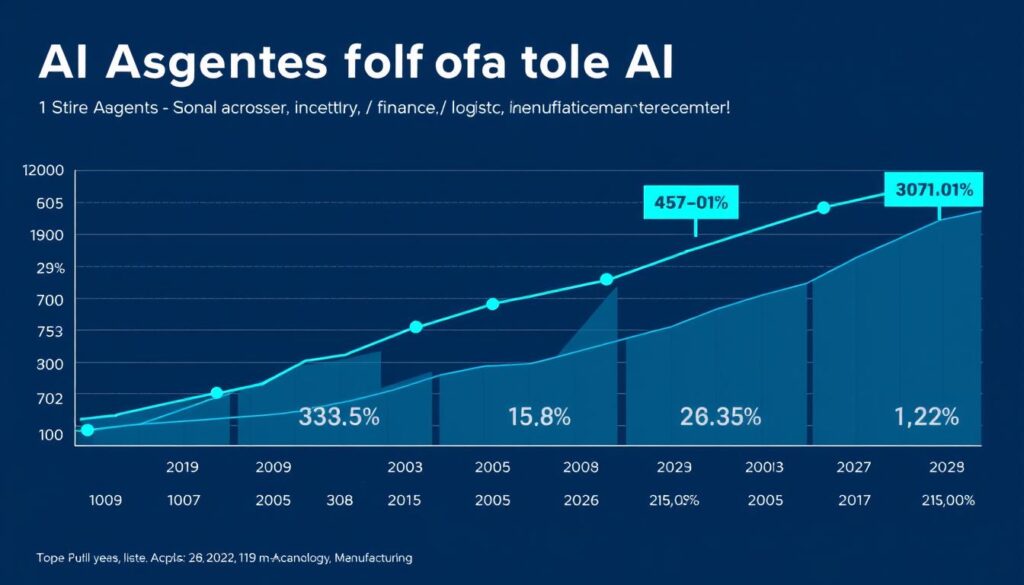
The integration of AI agents into the workforce isn’t happening uniformly—it’s following what PwC calls a “jagged frontier,” with some functions and industries advancing more rapidly than others. Here are the dominant trends shaping this transformation:
Human-Agent Collaboration Models
The most successful implementations of AI agents aren’t replacing humans but transforming how they work. Microsoft’s research with 31,000 workers across 31 countries reveals three phases of this evolution:
Phase 1: AI as Assistant
AI helps humans perform existing tasks more efficiently, removing drudgery and accelerating output. This is where most organizations are today.
Phase 2: AI as Colleague
Agents join teams as “digital colleagues,” taking on specific tasks at human direction and enabling employees to focus on higher-value work.
Phase 3: AI-Operated Systems
Humans set direction for agents that run entire business processes and workflows, checking in as needed and handling exceptions.
By 2025, leading organizations will operate across all three phases simultaneously, with the balance shifting toward phases 2 and 3 as agent capabilities mature and organizational comfort grows.
The Rise of the “Agent Boss”
A critical skill emerging in the 2025 workplace is the ability to effectively direct and manage AI agents. Microsoft’s research identifies a growing gap: 67% of leaders are familiar with agents compared to just 40% of employees, while 79% of leaders believe AI will accelerate their careers versus 67% of employees.
This “agent boss” mindset—the ability to delegate to, collaborate with, and oversee AI systems—is becoming a key differentiator in career advancement. Organizations are responding by creating new roles specifically focused on AI integration:
- AI Trainers who guide employee adoption
- AI Workforce Managers who lead hybrid teams
- AI Agent Specialists who design and optimize agent systems
Master the Skills of an AI Agent Boss
Download our comprehensive guide to effectively managing AI agents in your organization and position yourself at the forefront of this workplace revolution.
Real-World Examples of AI Agents Transforming Work in 2025

Case Study: TranSmart Logistics Implements Auto-GPT for Supply Chain Optimization
TranSmart, a leading U.S. logistics company, has deployed a network of Auto-GPT agents to transform their supply chain operations. Rather than using a single AI system, they’ve implemented a multi-agent approach where specialized agents handle different aspects of the logistics process:
- Demand Forecasting Agent: Analyzes historical data, market trends, and external factors to predict inventory needs with 30% greater accuracy than previous methods
- Route Optimization Agent: Continuously recalculates optimal delivery paths based on real-time conditions, reducing fuel costs by 22%
- Exception Management Agent: Identifies potential disruptions and proactively suggests alternatives before problems impact customers
- Supplier Negotiation Agent: Monitors pricing trends and automatically initiates negotiations when favorable conditions arise
- Human Collaboration Agent: Interfaces with logistics managers, providing explanations and incorporating human judgment for complex decisions
The result: TranSmart has reduced operational costs by 28% while improving on-time delivery rates from 89% to 97%. Most significantly, they’ve been able to redeploy 40% of their logistics analysts to more strategic roles focused on business development and customer experience enhancement.
Example: BabyAGI Streamlining Patient Triage at Boston Memorial Health Network

Boston Memorial Health Network has implemented a BabyAGI-based system to revolutionize their emergency department operations. The multi-agent system works across several critical functions:
- Initial patient assessment and prioritization based on symptoms, medical history, and vital signs
- Resource allocation optimization, ensuring the right specialists and equipment are available when needed
- Clinical decision support, providing physicians with relevant research and treatment protocols
- Predictive analytics for staffing needs based on historical patterns and current community health trends
The implementation has reduced average wait times by 37% and decreased unnecessary admissions by 24%. Perhaps most importantly, it has allowed medical professionals to spend more time on direct patient care and complex cases that require human judgment and empathy.
Dr. Sarah Chen, Chief Medical Information Officer at Boston Memorial, notes: “We’re not replacing clinical judgment—we’re augmenting it. Our physicians and nurses now have more time to focus on the human aspects of care because the AI agents handle the information processing and routine decision-making that previously consumed so much of their day.”
“The most successful implementations aren’t just automating existing processes—they’re reimagining what’s possible when human creativity and AI capabilities combine. Organizations that understand this distinction are seeing exponential rather than incremental returns.”
Expert Insights on AI Agents and the Future of Work
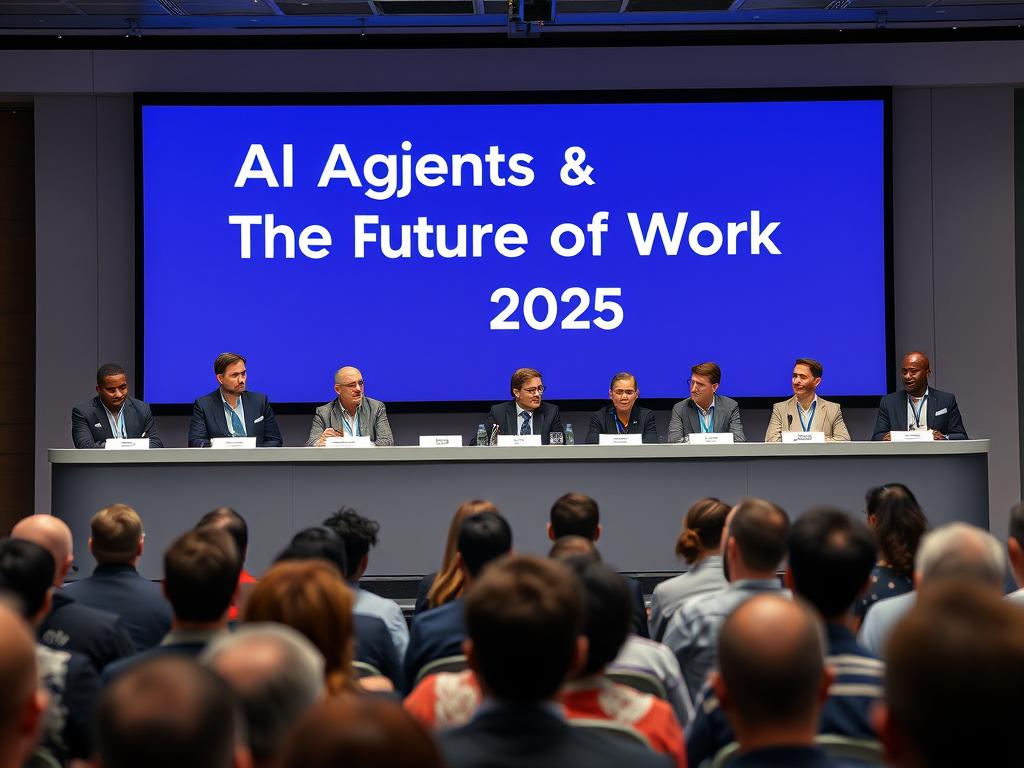
To gain deeper perspective on how AI agents will reshape work by 2025, we spoke with leading experts across academia, industry, and ethics. Their insights reveal both the transformative potential and the nuanced challenges ahead.
“By 2025, we expect AI agents to handle approximately 35% of routine knowledge work, freeing humans to focus on innovation, relationship building, and strategic thinking. The organizations that thrive won’t be those that simply deploy the most advanced technology, but those that most effectively redesign work processes and organizational structures to leverage the unique strengths of both humans and AI.”
“The human-agent ratio will become a critical metric for organizations by 2025. This isn’t just about how many agents per employee, but about finding the optimal balance for each function and role. In software development, we’re already seeing teams achieve 60% faster cycle times with the right mix of specialized agents handling different aspects of the development process.”
“The ethical dimensions of AI agents in the workplace extend beyond privacy and bias. We need to consider power dynamics, skill development, and the distribution of economic benefits. Organizations that approach agent deployment with a commitment to augmenting human potential rather than simply reducing headcount will not only avoid ethical pitfalls but will likely see greater innovation and employee engagement.”
A Day in the Life: The AI-Augmented Knowledge Worker of 2025

To understand how these trends translate to daily work experience, let’s examine a typical day for Maya, a project manager at a digital product company in 2025:
8:00 AM: Strategic Planning
Maya starts her day by reviewing the overnight updates from her Project Coordination Agent, which has monitored progress across all workstreams, identified potential bottlenecks, and suggested priority adjustments. Rather than spending her first hour catching up on status, she immediately focuses on strategic decisions that require her judgment.
10:00 AM: Client Meeting Preparation
As Maya prepares for an important client meeting, her Research Agent has already compiled relevant market trends, competitive analysis, and the client’s recent business developments. Her Presentation Agent has drafted initial slides based on the meeting objectives, which she refines rather than creating from scratch.
1:00 PM: Team Collaboration
During a cross-functional team meeting, specialized agents support each team member: the Design Agent suggests visual approaches based on brand guidelines and user research; the Engineering Agent estimates technical complexity and resource requirements; the Marketing Agent evaluates campaign performance projections. Maya focuses on facilitating the human discussion and decision-making.
3:00 PM: Problem Solving
When an unexpected issue arises with a product feature, Maya’s Troubleshooting Agent identifies similar past incidents and their resolutions, while simultaneously running simulations of different approaches. Maya evaluates the options, incorporates contextual factors the agent might not fully appreciate, and makes the final call.
5:00 PM: Learning and Development
Maya spends the end of her day on professional development, guided by her Learning Agent which has identified skill gaps based on her career goals and emerging industry trends. The agent creates personalized learning modules that adapt to her progress and learning style.
What’s notable about Maya’s workday isn’t just what she accomplishes, but how her role has evolved. She spends almost no time on routine information processing or administrative tasks. Instead, she focuses on uniquely human strengths: relationship building, creative problem-solving, ethical judgment, and strategic thinking.
Challenges and Solutions in Implementing AI Agents
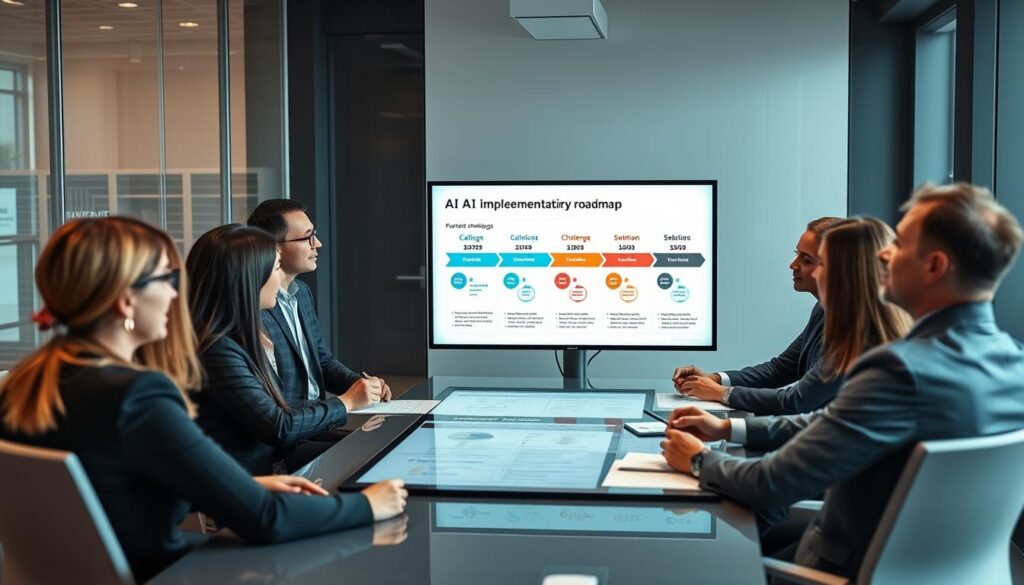
While the potential of AI agents is immense, organizations face significant challenges in implementation. Understanding these obstacles—and their solutions—is critical for successful adoption.
Key Implementation Challenges
- Organizational Readiness: Existing processes and structures often aren’t designed for human-agent collaboration
- Workforce Anxiety: Employees fear displacement or devaluation of their skills
- Data Quality and Access: Agents require clean, comprehensive data to function effectively
- Governance and Oversight: Determining appropriate levels of agent autonomy and human review
- Integration Complexity: Connecting agents with existing systems and workflows
Effective Solutions
- Process Redesign: Reimagine workflows from the ground up rather than simply automating existing processes
- Skills Development: Invest in training programs focused on agent management and collaboration
- Data Strategy: Develop comprehensive data governance and quality improvement initiatives
- Responsible AI Framework: Establish clear guidelines for agent deployment, monitoring, and intervention
- Platform Approach: Implement a centralized agent management system to coordinate deployment and oversight
The Human-Agent Ratio: Finding the Right Balance
A critical consideration in AI agent implementation is determining the optimal balance between human and automated work. This “human-agent ratio” varies significantly based on:
- Task Complexity: Higher complexity generally requires more human involvement
- Risk Level: Higher-risk decisions warrant greater human oversight
- Creative Requirements: Tasks requiring innovation benefit from human-AI collaboration
- Emotional Intelligence: Customer-facing roles often need human empathy and judgment
Organizations that thoughtfully calibrate this ratio—rather than simply maximizing automation—are seeing the greatest returns on their AI investments. This balanced approach also helps address workforce concerns by clearly defining the enduring value of human contributions.
Responsible AI Implementation Checklist
- Establish clear guidelines for which decisions can be fully automated vs. which require human review
- Implement comprehensive monitoring and auditing of agent actions and outcomes
- Create transparent documentation of how agents make decisions
- Develop escalation protocols for when agents encounter unusual situations
- Regularly review and update agent parameters based on performance and feedback
- Provide mechanisms for employees and customers to report concerns about agent behavior
As PwC’s research highlights, the most successful organizations are taking a “blank sheet” approach—completely reimagining work processes rather than simply applying AI to existing workflows. This fundamental redesign, coupled with thoughtful change management and skills development, is proving essential for realizing the full potential of AI agents.
Need Help Implementing AI Agents in Your Organization?
Our team of experts can guide you through the process of assessing readiness, designing implementation strategies, and managing the transition to an AI-augmented workforce.
Future Outlook: AI Agents Beyond 2025
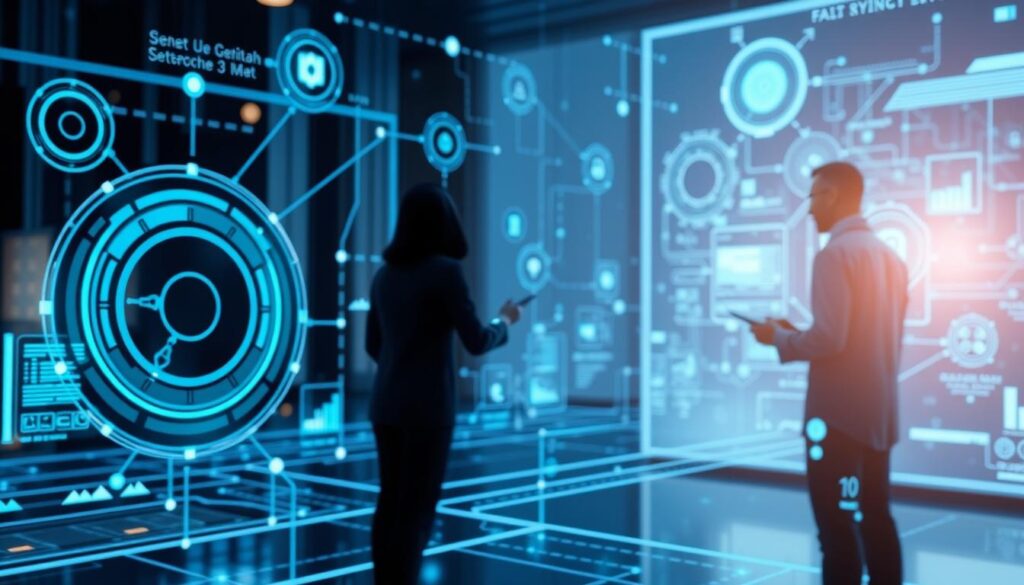
While 2025 represents a critical inflection point in AI agent adoption, the evolution will continue well beyond this horizon. Based on current trajectories and expert forecasts, here’s what we can anticipate in the years following:
Cross-Organizational Agent Ecosystems
By 2027-2028, we’ll likely see AI agents operating not just within organizations but across them—creating interconnected ecosystems that span traditional boundaries. Supply chain partners will deploy collaborative agent networks that optimize end-to-end processes, while industry consortiums will develop specialized agents that serve entire sectors.
Democratization of Agent Development
The tools for creating and customizing AI agents will become increasingly accessible, allowing non-technical professionals to design specialized agents for their specific domains. This democratization will accelerate innovation but also raise new challenges around governance and interoperability.
Evolution of Regulatory Frameworks
As AI agents become more prevalent in critical business functions, regulatory frameworks will mature to address issues of accountability, transparency, and fairness. Organizations will need to demonstrate responsible deployment practices and clear oversight mechanisms.
New Economic Models
The widespread adoption of AI agents will continue to reshape economic structures, potentially leading to new business models based on agent-as-a-service offerings, specialized agent marketplaces, and novel approaches to value creation and capture.
The organizations that will thrive in this extended future are those that view 2025 not as an endpoint but as a milestone in an ongoing transformation. By establishing strong foundations now—in terms of technology infrastructure, organizational design, and workforce capabilities—they’ll be positioned to adapt and innovate as AI agent technologies continue to evolve.
Conclusion: Preparing for the AI Agent Revolution

The integration of AI agents into the workforce represents one of the most significant transformations in how work gets done since the digital revolution. By 2025, these systems will have moved from experimental technology to essential business infrastructure, reshaping roles, processes, and organizational structures.
The organizations that will thrive in this new landscape are those that approach AI agents not merely as tools for automation but as catalysts for reimagining work itself. This means:
- Developing clear strategies for where and how to deploy AI agents for maximum impact
- Investing in workforce development to build the skills needed for effective human-agent collaboration
- Redesigning processes and organizational structures to leverage the unique capabilities of both humans and AI
- Establishing robust governance frameworks to ensure responsible and ethical deployment
- Fostering a culture of continuous learning and adaptation as agent capabilities evolve
The future of work isn’t about humans versus machines—it’s about creating powerful partnerships that amplify human potential while leveraging the unique capabilities of AI. Organizations and individuals who embrace this mindset will be well-positioned to thrive in the age of AI agents.
Start Your AI Agent Journey Today
Download our comprehensive implementation guide and receive a personalized readiness assessment to help your organization prepare for the AI-augmented workplace of 2025.
Additional Resources
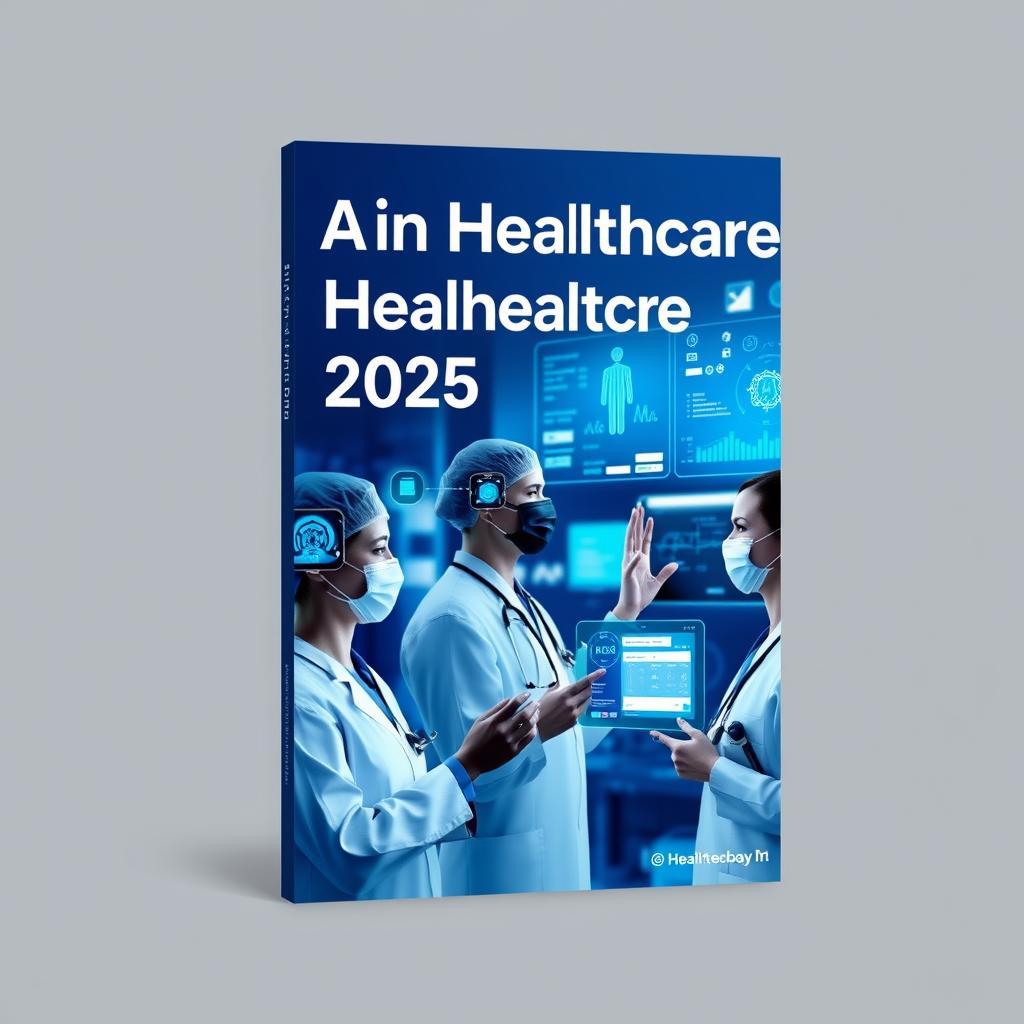
AI in Healthcare 2025
Explore how AI agents are transforming patient care, clinical decision-making, and healthcare operations.
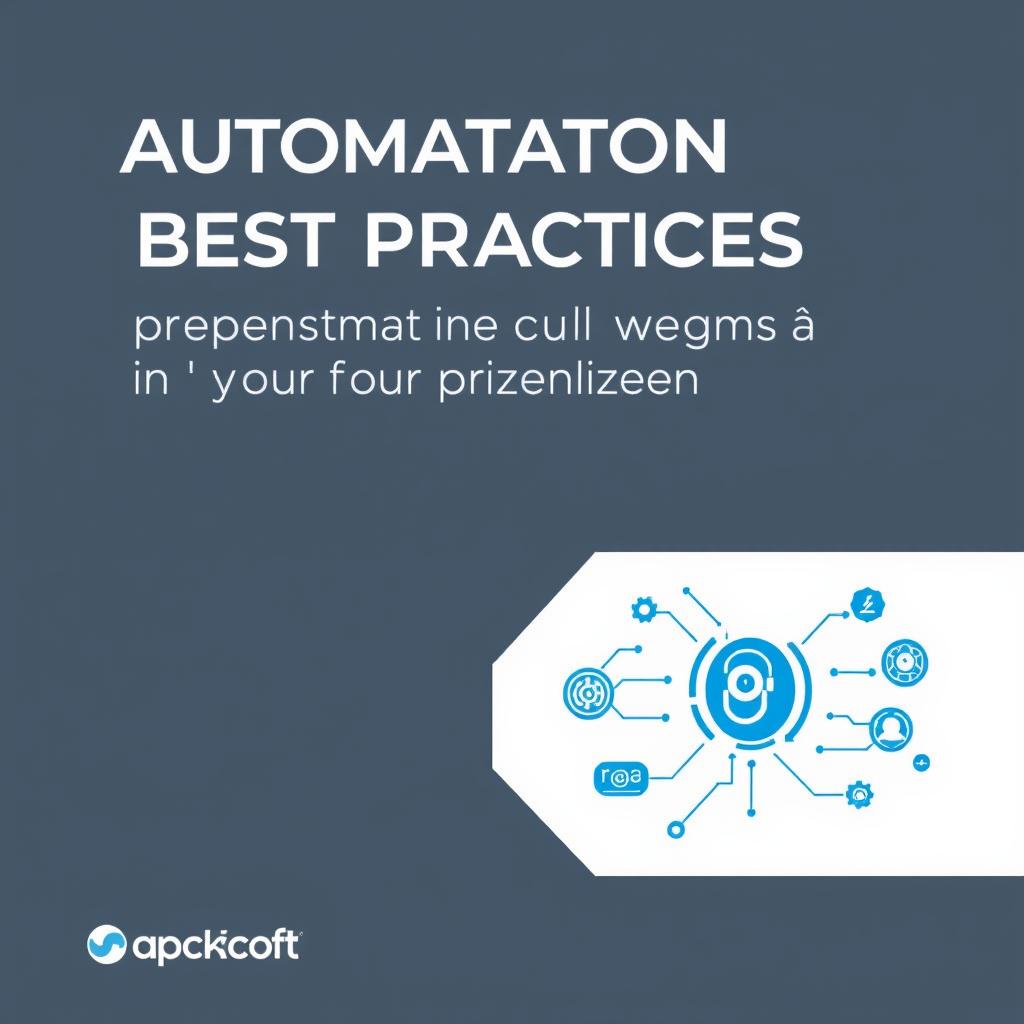
Automation Best Practices
A comprehensive guide to implementing AI agents effectively while managing change and maximizing ROI.
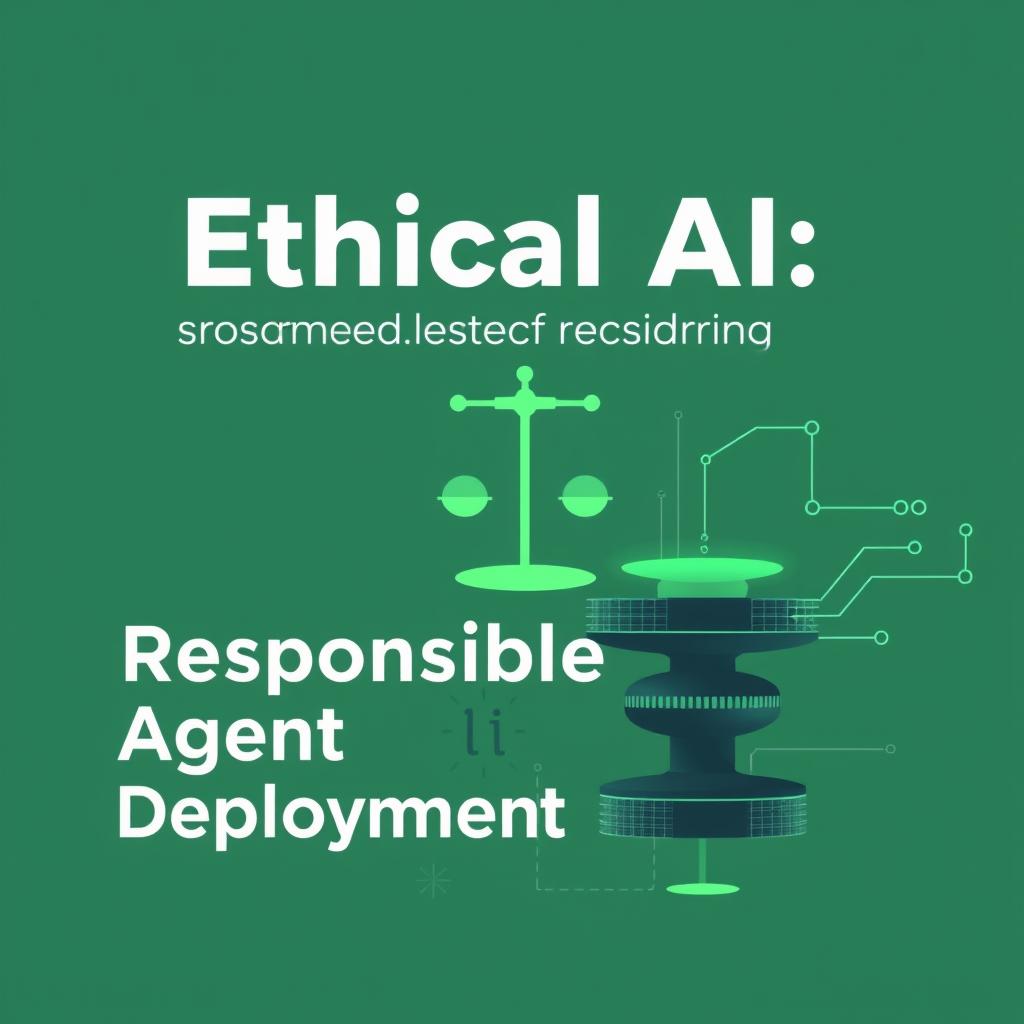
Ethical AI: Responsible Agent Deployment
Navigate the ethical considerations of AI agent implementation with this practical framework for responsible innovation.
Get Expert Guidance on AI Agent Implementation
Ready to harness the power of AI agents in your organization? Our team of experts can help you develop a customized implementation strategy that aligns with your business goals and organizational culture.







